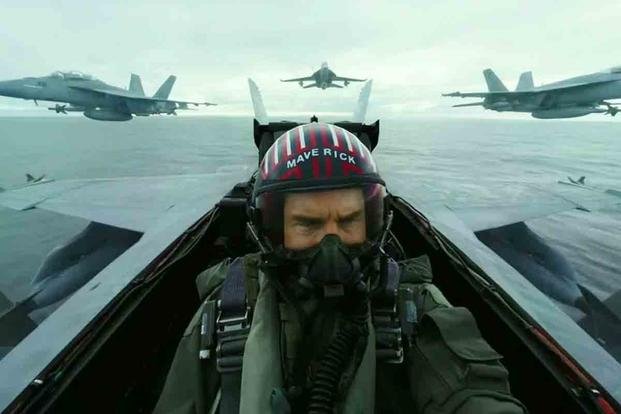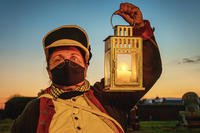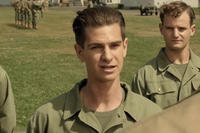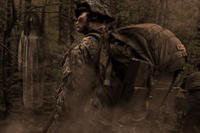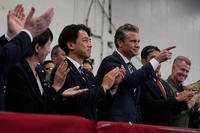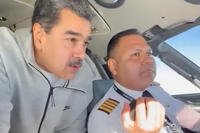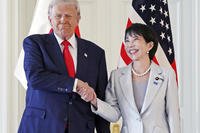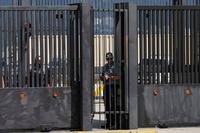The names Pete Mitchell and Nick Bradshaw might mean very little to most, but when these two are called by their aviator call signs "Maverick" and "Goose," that all changes. Even though they're the same characters.
That's the nature of military call signs. They're like an inverted secret identity.

Not all call signs are as cool as "Toro," "Elvis" or "Yoda," all real-world call signs. Many are meant to "build a humility-based culture," which is officer milspeak for "constantly reminding pilots of their most embarrassing moments."
For every pilot flying an aircraft in the military, there is a story behind their call sign that they probably wouldn't want to share with their mother. As far as military traditions go, call signs are not just one of the more useful (in terms of radio communication), they also have the most personality.
Since the earliest days of aviation, both ground controllers and other pilots needed a means to identify other aircraft and pilots. Though not specifically called "call signs" from the start, they were an important way to communicate while confusing the enemy. Using nicknames instead of a pilot's name was easier and protected their identities.
By World War II, the use of call signs grew in popularity. Pilots and other aviation officers had names based on their appearance, personality, background or some pop-culture reference. One of the best examples from this era is Marine Corps Col.Gregory Boyington, whose call sign references his age in comparison to the rest of his pilots.
Rather than his real first name, Boyington is better recognized in history by his call sign: "Pappy."
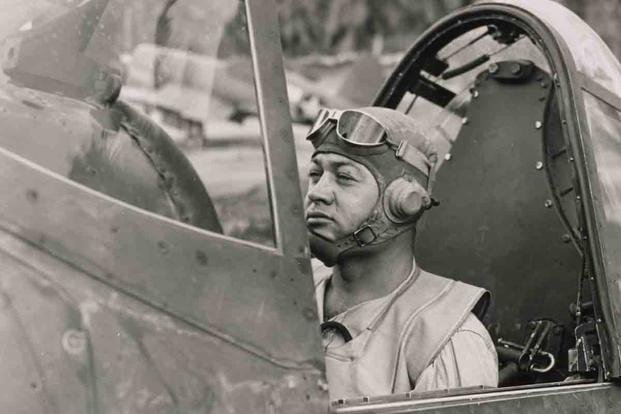
The popularity of using call signs only increased during the Vietnam War, and by the 1980s, it became an institution. Today, getting a call sign is a rite of passage.
Pilots and naval aviators do not get to pick their own call signs. If they did, they would probably sound more like the X-Men or the American Gladiators going into combat than anything else. There would be a Royal Rumble over who gets to be "Maverick" or "Iceman."
Instead, most are bestowed with their new alter ego when they get to their first operational squadron as a junior officer. During this time spent with their new unit, things happen, stories are told and ideas are tossed around. Within about a year or so, the worst possible outcome happens when their co-workers take a vote on what to call the new guy or gal.
The squadron commander gets the final say, but that's not likely to save any embarrassment. Once the call sign is in place, it's unlikely ever to change. Air Force tradition holds that once a pilot flies a combat sortie with their call sign, it can never change. So embracing the new moniker is important, because you're gonna hear it a lot.
-- Blake Stilwell can be reached at blake.stilwell@military.com. He can also be found on Twitter @blakestilwell or on Facebook.
Want to Learn More About Military Life?
Whether you're thinking of joining the military, looking for post-military careers or keeping up with military life and benefits, Military.com has you covered. Subscribe to Military.com to have military news, updates and resources delivered directly to your inbox.
